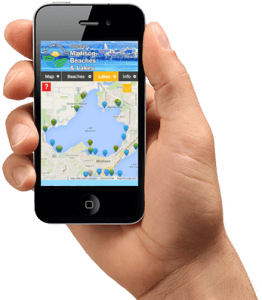Project update via Peter Foy, President of the Friends of Lake Kegonsa Society
The Friends of Lake Kegonsa Society (FOLKS) has initiated what is hoped will result in a major carp removal project that will be conducted over the next two years on Lake Kegonsa. An initial carp tracking study is intended to identify times and locations where large concentrations of carp might be targeted for removal. FOLKS is working closely with Dane County, the Wisconsin Department of Natural Resources (WDNR) and the UW Limnology Department on this challenging project. The project will be supervised and monitored by Kurt Welke, Fisheries Manager, WDNR with support from Dr. Richard Lathrop, honorary fellow at UW-Madison Center for Limnology and retired DNR limnologist.
FOLKS is financially responsible for this approximately $21,000 project, but has now received financial support from Dane County, the Bryant Foundation and from the Stoughton Conservation Club. Clean Lakes Alliance (CLA) has also committed to provide support for the project in 2016.
Reminder about the benefit of removing carp from the lake
Carp are bottom feeders that constantly stir up sediments as they forage for food. As a result of this feeding activity, phosphorus contained in the sediment is re-suspended in the water where it is available to fuel nuisance algae blooms. Aquatic plant growth, important as fish habitat, is also limited by the lack of light penetration that the shading algae creates.
It has been demonstrated in other lakes, such as Lake Wingra in Madison, that removing carp can have the following benefits:
- Water clarity improves
- Native aquatic plant growth increases.
- Invasive aquatic plant growth of Eurasian Water Milfoil may be decreased.
- Desirable, sight-feeding fish populations improve
Of course, it is impossible to predict the exact results of the tracking, or the impact that removing carp will have on Lake Kegonsa, but FOLKS and the other organizations that we have worked with believe it to be worth the time and money to try to help the lake by moving forward with this endeavor. Carp were introduced into our lake over 100 years ago and have negatively impacted the condition of our lake ever since. We are committed to doing what we can to try to minimize this problem.
First step in the Lake Kegonsa Carp Project has been completed
On 10/27/2015 the first step in the project got started when Kurt Welke and Kim Kuber from the Wisconsin Department of Natural Resources captured 20 carp from the lake and the Yahara River below CTH AB. Radio transmitters were inserted into the carp for tracking purposes.
This initial step in this major project included:
- Capturing the fish
- Specific fish were selected in an attempt to get a diverse mix of males, females, weight and length to track. The results were:
- 12 females
- 4 males
- 4 where the sex couldn’t be identified
- Length varied from 21 to 32 inches, with the average being 25 inches
- Weight varied between 5 and 17.5 lbs., with the average being 8.4 lbs.
- Anesthetize the fish prior to inserting the transmitter
- Inserting the radio transmitter. (About the size of an AA battery). These specific transmitters were selected because they are designed to operate a minimum of 21 months
- Test the radio transmitters to make sure that each fish can be picked up on its unique frequency
- Observe the fish after the process to make sure they were fully recovered
- Release them back into Lake Kegonsa
The second step in the carp tracking was just completed
On Wednesday 12/2/15 Kurt Welke, Kim Kuber and Jeff Oimoen from the DNR spent a couple of hours in an airplane making over 20 low flying passes over Lake Kegonsa trying to locate the 20 carp that have the radio transmitters. They first went East to West and then North to South. While the tracking was taking place I was able to monitor the flight activity on a computer screen and talk to them by radio from the DNR office.
I would say that this first tracking exercise was only mildly successful. They made a solid identification on 4 of the 20 carp, with a light ping on a few others. When I visited with Kurt when he got back he didn’t seem too disappointed. He felt that they were probably in deeper water which kept them from being detected. The next tracking will take place on the ice by snowmobile and will take place directly over the area that we anticipate the carp will end up during the weather. Kurt is hopeful that we will detect most of them there.
The good news is they didn’t detect any of the carp in Mud Lake, the Yahara River, or Door Creek, which means they are still in the lake, where we hope to remove them.
The remaining schedule for the carp tracking project
Future tracking efforts will follow this tentative schedule:
- Conduct a minimum of 2 winter 2015-2016 location surveys on the ice (using ATVS once good ice has set)
- Conduct pre-spawn and spawning location surveys May – June 2016.
- Late Summer (August) 2016 location surveys
- Late fall 2016 (pre-ice) location surveys
- Winter 2016-2017 locations surveys
The tracking surveys will define what parts of the lake carp school during winter. Additionally, tracking during spawning will describe which fish stay in the lake or if migrations occur up the Yahara river and Door Creek.
The purpose of the tracking study is to define where and when the location and periods of concentration and vulnerability to capture carp occur.
Planned future carp removal activity
Because carp prefer warm water, the assumption is that as the water cools down the carp will migrate to the deepest, warmest part of the lake. Also, during the spring, as the water warms, carp may have major spawning runs up the Yahara river to Lower Mud Lake, or into Door creek
If the tracking can detect where the majority of the carp go in the winter, a commercial fishing company will be hired to remove the fish using a large seine net pulled under the ice. This will be done by placing a small radio-controlled submarine type device under the ice to spread the net to various drilled holes so that a small pulling engine can move the net through the area where the carp are located.
The captured carp are then brought up in the net at the exit hole and removed from the lake. Only carp are removed from the lake, any other fish caught in the net will be replaced. It is anticipated that thousands of carp will be removed from the lake. The majority of the carp that are caught are sold to markets in Chicago and New York.
Besides the potential removal of carp under the ice during the winter, the tracking study may also indicate carp may be vulnerable to being captured by weirs placed in the river or creek during the spring spawning season. Such a removal effort may be desirable as a longer-term solution to suppressing the carp population especially if the initial removal under the ice is successful.
If you have any questions about this project please contact Peter Foy, President of FOLKS at: peterf@kegonsa.org.

